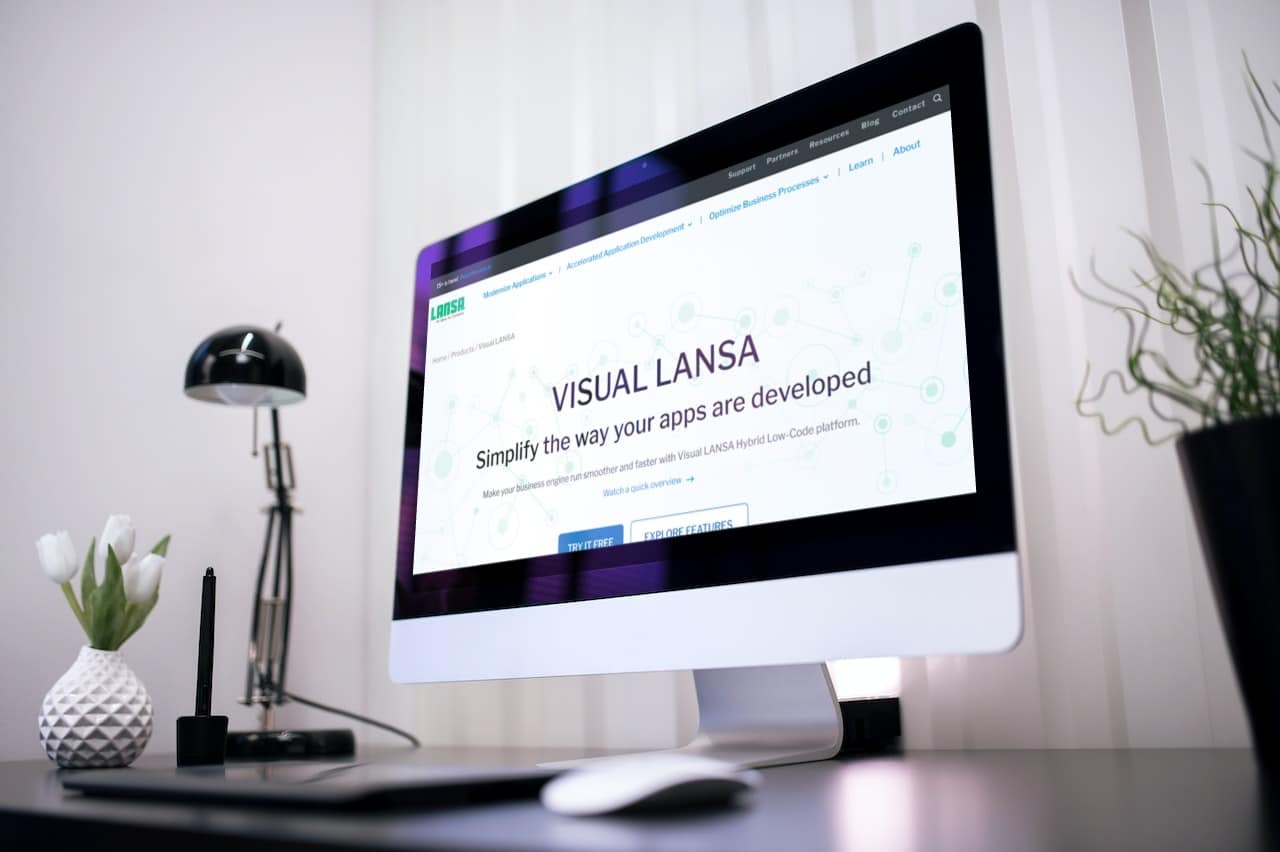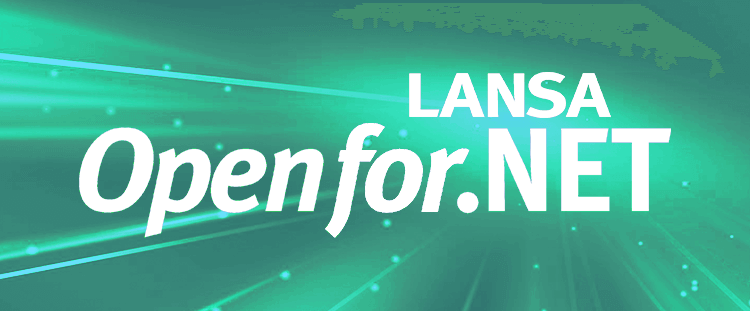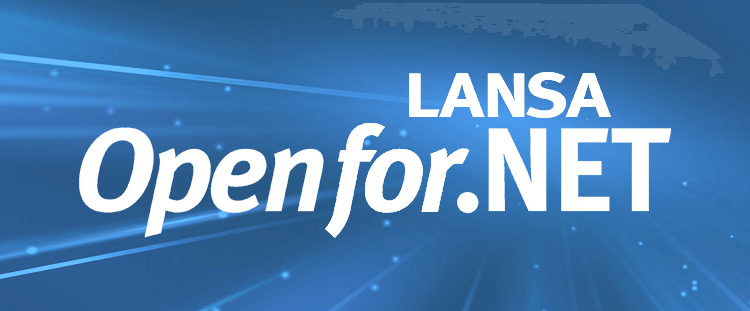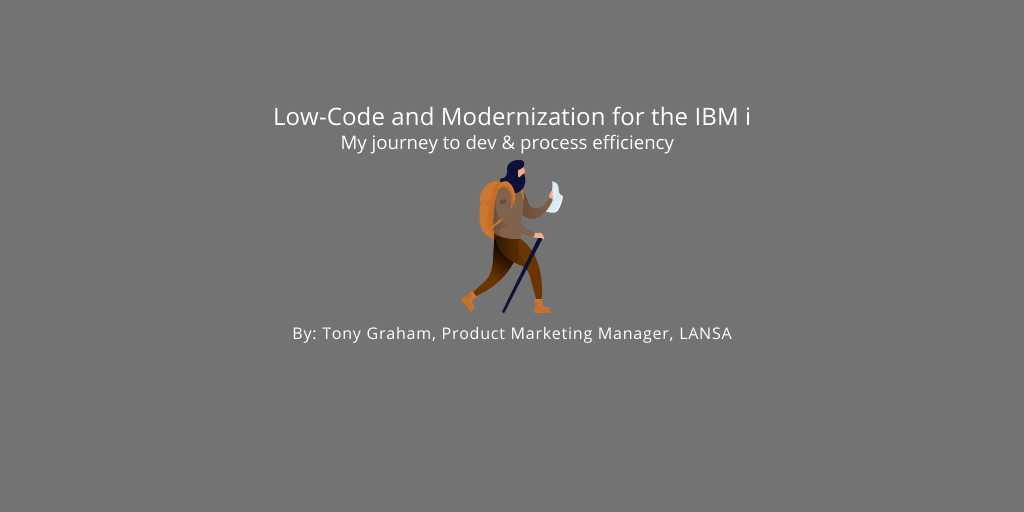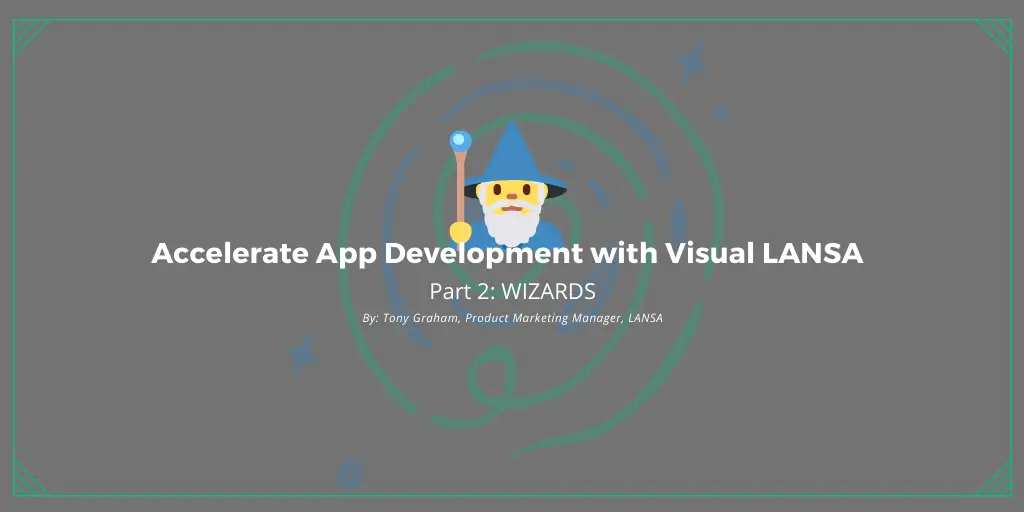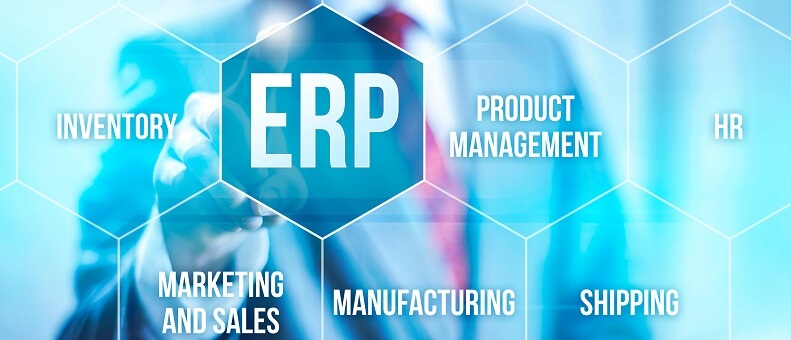(note: abbreviations are explained towards the bottom of this article)
Most will agree that web services and EDIINT data exchanges are architecturally more elegant than FTP. However, when you have business partners that cannot handle those protocols, that ideological stand is not helpful and you simply may have to send and receive files via FTP.
There are free FTP tools out there, but they may not meet your enterprise grade data exchange requirements.
Here’s a simple check list for you to use when you need to offer FTP to your business partners:
1) Don’t end up with hard to manage collection of scripts. A proper data exchange solution comes with built-in workflow automation/orchestration that can handle multi-step and conditional business processes.
2) Avoid workloads (bottlenecks) every time a business partner changes its communication preferences. Choose a solution that comes with centrally defined and flexible trading partner configurations for transport mechanisms (not just FTP), data formats, security credentials, and more.
3) Prevent panic when (not if) things go wrong. Your solution should come with a management console to monitor processing logs. Make sure error handling, recovery and restart points are easy to manage.
4) Steer clear of standalone FTP solutions. Choose a solution that can handle multiple transport services, such as HTTP, HTTPS, FTP, SFTP, secure SMTP, POP3, TCP/IP EDIINT AS2, AS3 and (traditional) EDI. This will provide you with inbuilt scope for future expansion.
5) Don’t forget that data transport is usually only part of a process. Your solution should also include ready to use related activities, for example: Data transformation services (see below); Data access services (such as SQL); Messaging services (such as Active MQ, WebSphere MQ and WebLogic); web services (such as REST, SOAP and JSON); XML services (such as read, write and parse), Document and file services (PDF, ZIP, move/copy/delete), Watching folders, data and message queues, and more.
6) Don’t end up having to handle all data transformations yourself. Your solution should include visual data mapping and handle multiple data formats and the transformation between them, including: XML, EDI (all flavors), XBRL, SAP iDOCS, CSV, TSV, TXT, XLS and a wide range of databases. Also, you will likely require data content transformations, such as date formats, formulas and code changes using look-up tables.
7) Keep away from solutions that require you to code new programs. It’s not good enough if the solution vendor claims that ‘everything is possible, because you can call programs’. Look for a no-code or low-code solution. Of course it should also be able to call your existing programs as part of any workflow, but it should not require you to write new programs to achieve any of the above.
You may not need all of the above from day one, so look for a Business Process Integration vendor who doesn’t charge you for the services you don’t (yet) need. But when you are going to extend from FTP to include other data transmission protocols/formats, make sure you don’t end up with a patchwork of disjointed, mismatched integration solutions.
Download the Business Process Integration Buyer’s Guide.
Read about real-life application and data integration projects.
Explanation of abbreviations
What is FTP and FTPS?
FTP is short for File Transfer Protocol. A protocol is a set of rules that networked computers use to talk to one another. In the case of FTP the protocol is used to transfer files from one computer to another. FTP appeared in the seventies, roughly ten years before HTTP was invented. Nowadays many FTP transmissions have been replaced with HTTP, however large files are often still “FTP-ed”. FTPS is the secure (encrypted) variant of FTP. Not to be confused with SFTP, which is using a different protocol (the SSH File Transfer Protocol), a technology that cannot operate with FTP software. More about FTP on Wikipedia
What is HTTP and HTTPS?
HTTP is short for Hypertext Transfer Protocol, an application protocol for distributed, collaborative, hypermedia information systems. HTTP is the foundation of data communication for the World Wide Web and comprises the rules by which web browsers and servers exchange information. HTTPS is HTTP Secure (encrypted). More about HTTP on Wikipedia.
What is EDI, EDIINT AS1, AS2, AS3, AS4?
EDI, short for Electronic Data Interchange, is the computer-to-computer exchange of business documents in a standard format. It allows organizations to electronically exchange documents such as purchase orders, invoices and shipping notices. There are many EDI standards, some of which address the needs of specific industries or regions. The standards describe the data/documents itself, not the method of transmission.
EDI can be transmitted using any electronic methodology agreed to by the sender and recipient. Traditionally EDI was transmitted via relatively expensive value-added-networks (VANs). Nowadays most EDI transmissions use internet protocols (collectively called EDIINT). When EDI is transmitted
- Via SMPT (email), it is using the AS1 (Application Standard 1) specification.
- Via HTTP/HTTPs it is using the AS2 specification.
- Via FTP/FTPS it is using the AS3 specification
- Via web services the AS4 specification.
What are the other (than EDI) Data Formats mentioned in this article
- XML, short for Extensible Markup Language, defines a set of rules for encoding documents in a format that is both human-readable and machine-readable. The idea and terminology evolved from the “marking up” (annotating) of paper manuscripts, such as the revision instructions by editors, traditionally written with a different color ink than the main text.
- XBRL, short for eXtensible Business Reporting Language, is a freely available and global standard for exchanging business information. The language isXML-based and often used to exchange financial statements.
- iDOCS, short for intermediate document, is a standarddata structure for electronic data exchange with SAP ERP applications.
- CSV (comma-separated values), TSV (tab-separated values), XLS (XceL Spreadsheet) and TXT (text) files are all Microsoft file formats that can be exported by/imported into MS Excel and other programs.
What is SMTP and POP3?
SMTP and POP3 are TCP/IP protocols used for electronic mail (email) transmissions. SMTP is short for Simple Mail Transfer Protocol. Email servers use SMTP for sending and receiving email messages and email clients use SMTP for sending email messages. POP3, short for Post Office Protocol version 3, is used by email clients to receive email messages.
What is TCP/IP?
TCP/IP stands for Transmission Control Protocol/Internet Protocol. It is the basic communication language or protocol of the Internet. It can also be used as a communications protocol in a private network (either an intranet or an extranet).













